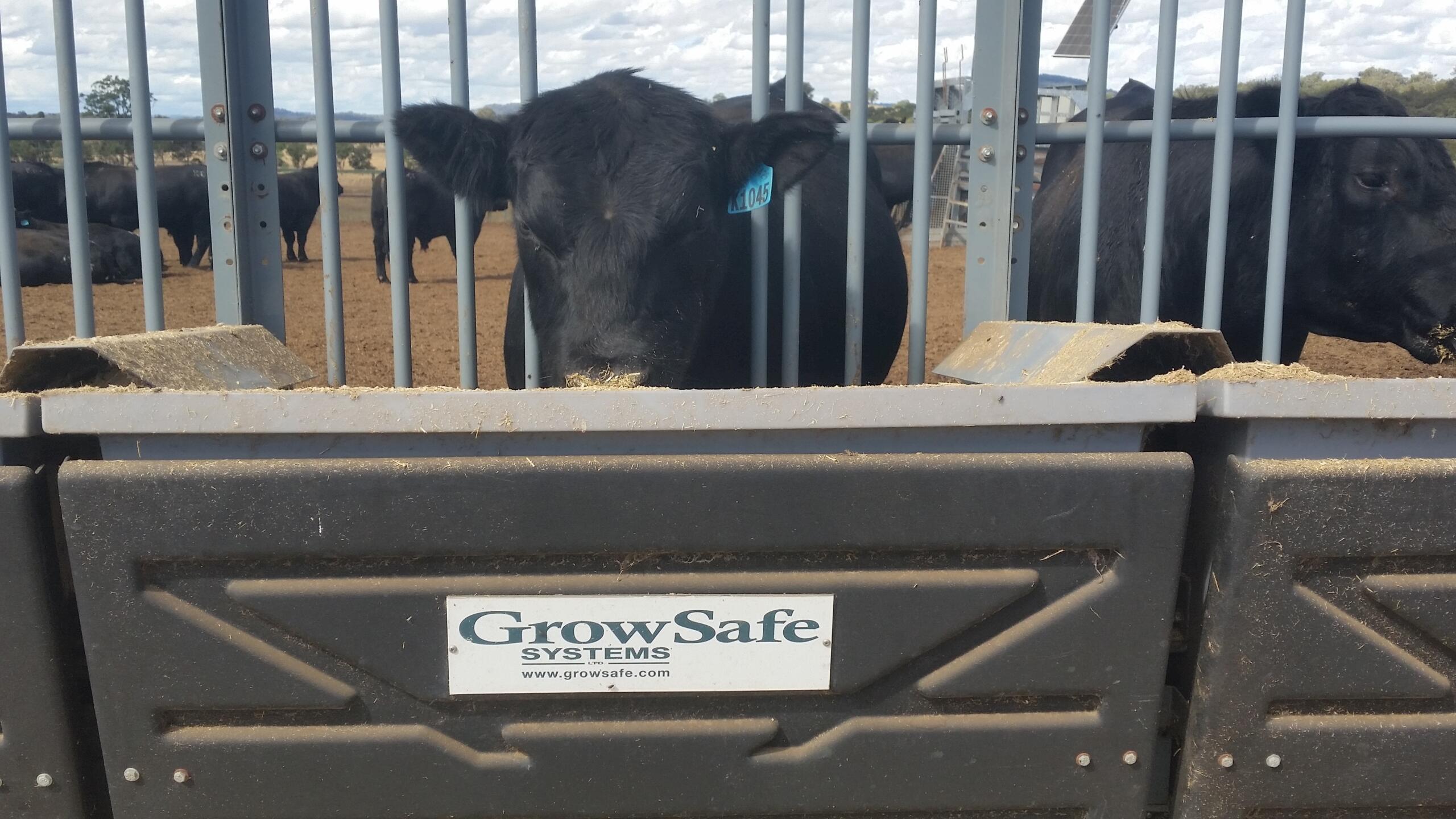Te Mania Angus director and Angus cattle breeder Tom Gubbins says sustainability is just part of the future of farming – albeit a big part.
And in response to that, Tom says the seedstock enterprise is pushing hard to continually refine its genetic ‘formulae’ to minimise its impact on the farming environment.
The Selection Index Te Mania Angus has developed will soon have a carbon cost built in.
The more cost we place on carbon, the higher the selection pressure to reduce livestock carbon emissions will be. The increased selection pressure on carbon will redirect selection pressure from other traits.
Balancing economics and genetics in a subjective equation is the best way to calculate selection pressure across all traits.
We also must start collecting the related data so we are feeding in phenotypes of as many animals as we can afford.
These phenotypes need to be that actual trait, or very closely correlated to them. These will be some of the most expensive traits we have ever recorded. All this is very intangible, a calculated risk, or a big gamble, depending on your attitude to risk.
As part of this innovative Angus genetic strategy Te Mania Angus is building a dedicated facility on-property to record feed consumption to identify the most efficient bloodlines. Net feed intake (NFI) also has a high correlation to methane output.
Put simply, the more efficient animals are, the less methane they produce, lowering greenhouse gas emissions from the beef industry. At Te Mania Angus, NFI testing ensures we are addressing consumer concerns and producing a more Angus cattle.

We have also started monitoring all Te Mania Angus heifers for fertility – using Allflex Heatime collars to record maturity, fertility, health and wellbeing. The data collected is then analysed and will one day contribute to the accuracy of the index.
While doing this, we need to continue improving production efficiency through increasing fertility, growth rate and cow efficiency, as this reduces the methane yield, which is the units of methane per kg of beef.
For the past 50-plus years, Te Mania Angus has been working to increase production so every animal we produce is from a Angus cow which conceives faster, is born faster, grows faster, and is ready to go faster – always minimising impact.
Tom also says Te Mania Angus is coming to grips with the “bigger picture” of sustainability because he believes “even if you choose ‘sustainable’, it’s not enough to be sustainable right now. If we maintain the sustainability status quo, it won’t be good enough”.
This is why, he says, at Te Mania Angus, the Angus breeding focus has been increasingly shifting towards regeneration. Moving on from carbon and onto Nutrience at the macro global level, the solution seems simple. We just need to close the nutrient cycle and stop all those nutrients we use from being lost from the land.
“There is a massive social issue farmers alone have no hope of resolving. It needs everyone to be on board to make it work – because farmers and the environment need the nutrients back,” he says.
“Every time an animal leaves the farm, it takes inorganic minerals from the soil on which the animals grazed.
“These minerals are replaced in more intensive farming situations through fertiliser application. The fertilisers are mined from the ground and synthesised from fossil fuels – and that’s blatantly unsustainable.
“We humans have been mining inorganic minerals from the earth for millennia, pumping them onto crops, and pastures, and all to feed humans,” he says.
“As an advocate at Te Mania Angus, I know no single commodity is sustainable and can’t be produced in isolation. Society’s practices of dumping human waste in the sea or landfill are the fundamental reason why agriculture is currently not sustainable.”
Tom says we have to make getting those minerals and nutrients back to where they came from, to be available again and again, and absolute priority.
He says they certainly don’t belong in the sea.
“We can see the result of inaction on the banks of the Tigris and Euphrates rivers, the cradle of civilisation. Much of the fertility of those once productive river deltas have been leached away by human activity in the past 2700 years, since the beginning of Babylon,” he says.
“But only now are people waking up to create – or revive – the closed natural cycle. We have to see its value as a circular economy. And to do that, instead of thinking sustainable, we all need to be thinking environmental – if we are all going to be truly responsible, it means addressing the social, environmental and economic components.”





